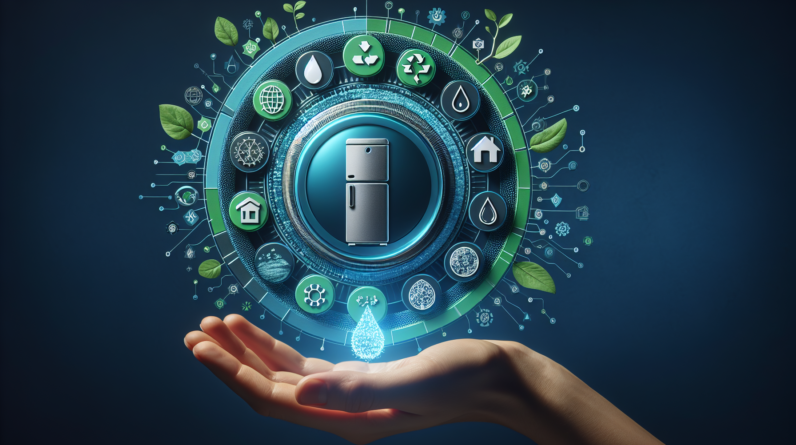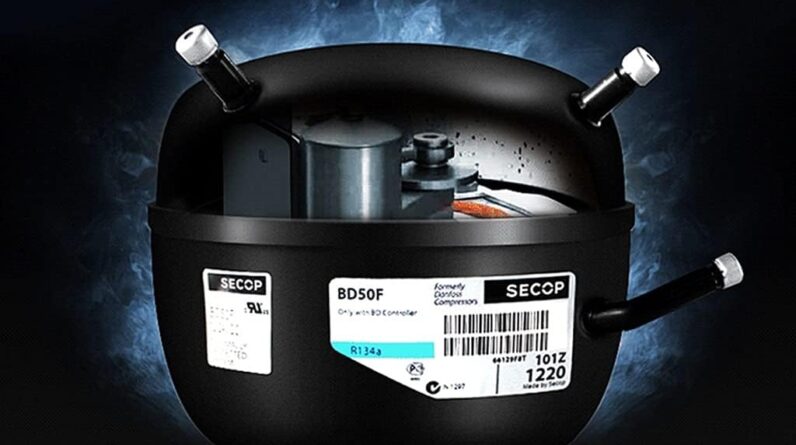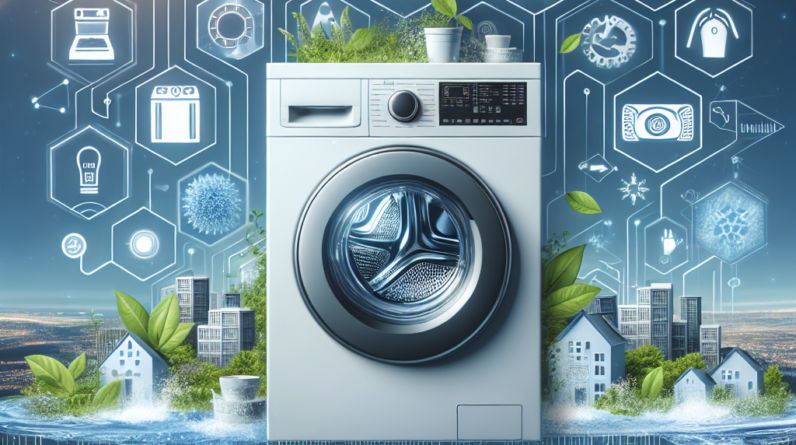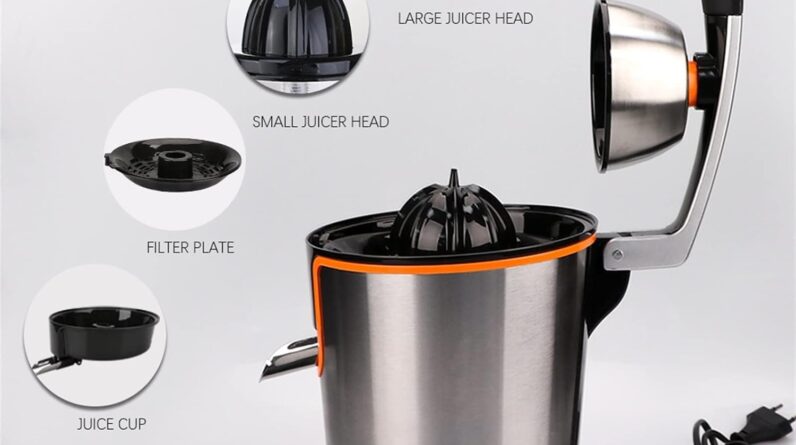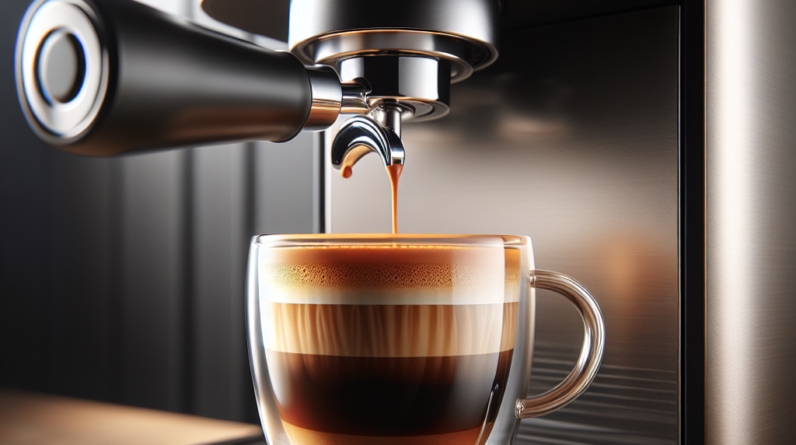
Having trouble with your dishwasher not starting? Don’t worry, we’ve got you covered! In this article, we will guide you through the step-by-step process of troubleshooting a dishwasher that refuses to start. Whether it’s a faulty electrical connection or a problem with the control panel, we’ll help you identify the issue and provide you with simple yet effective solutions to get your dishwasher up and running again. Say goodbye to handwashing dishes – let’s get started on troubleshooting your dishwasher!

Common Reasons for Dishwasher Not Starting
Power Supply Issues
One of the most common reasons for a dishwasher not starting is power supply issues. Make sure that the dishwasher is properly plugged into a working power outlet. Check if there is any issue with the circuit breaker or fuse that may be affecting the power supply to the dishwasher.
Door Switch Malfunction
Another reason for the dishwasher not starting could be a malfunctioning door switch. The door switch is a safety feature that prevents the dishwasher from starting when the door is open. If the door switch is damaged or not functioning properly, it may prevent the dishwasher from starting. Inspect the door switch for any visible damage or signs of wear and tear.
Timer Control Failure
If the dishwasher’s timer control has failed, it may also prevent the dishwasher from starting. The timer control is responsible for regulating various cycles and functions of the dishwasher. If it is not functioning properly, it may cause the dishwasher to not start. Test the timer control by manually advancing it through the different cycles and see if the dishwasher starts.
Control Panel Problems
Issues with the control panel can also be a reason for the dishwasher not starting. The control panel contains buttons and switches that allow you to select different cycles and settings. If the control panel is damaged or has a faulty connection, it may not send the correct signals to start the dishwasher. Inspect the control panel for any visible damage or loose connections.
Faulty Motor
If the dishwasher’s motor is faulty, it may prevent the dishwasher from starting. The motor is responsible for powering the various components and movements of the dishwasher. If the motor is not functioning properly, it may not provide the necessary power to start the dishwasher. Inspect the motor for any signs of damage or overheating.
Clogged Drainage System
A clogged drainage system can also be a reason for the dishwasher not starting. The dishwasher relies on a clear drainage path to remove the dirty water during the cycle. If the drainage system is clogged with food particles or debris, it may prevent the dishwasher from starting. Clean the drainage system by removing any clogs or obstructions.
Water Inlet Valve Malfunction
The water inlet valve is responsible for supplying water to the dishwasher during the cycle. If the water inlet valve is malfunctioning, it may not allow water to enter the dishwasher, thus preventing it from starting. Check the water inlet valve for any visible damage or blockage.
Insufficient Water Supply
If the dishwasher is not receiving sufficient water supply, it may not start. Ensure that the water supply to the dishwasher is turned on and that there are no issues with the water pressure or flow. Check the water supply hose for any kinks or blockages that may restrict the water flow.
Door Latch Issues
Problems with the door latch can also prevent the dishwasher from starting. The door latch ensures that the dishwasher door is securely closed during the cycle. If the door latch is damaged or not properly aligned, it may not engage the door switch and allow the dishwasher to start. Inspect the door latch for any visible damage and ensure it is properly aligned.
Overheating Protection
Many dishwashers are equipped with an overheating protection feature. If the dishwasher’s internal temperature exceeds a certain limit, the overheating protection will prevent the dishwasher from starting to avoid any potential damage or fire hazard. Wait for the dishwasher to cool down and reset the overheating protection before attempting to start it again.
Steps to Troubleshoot a Dishwasher That’s Not Starting
Check Power Supply
Start by checking the power supply to the dishwasher. Ensure that the dishwasher is properly plugged into a working power outlet. If there are any issues with the circuit breaker or fuse, resolve them before proceeding.
Inspect Door Switch
If the power supply is not the issue, inspect the door switch. Make sure that the door is securely closed and that the door switch is not damaged or misaligned. If needed, replace the door switch.
Test Timer Control
Manually advance the timer control through the different cycles and see if the dishwasher starts. If the dishwasher starts during the manual advancement, it indicates a potential issue with the timer control that may require repair or replacement.
Examine Control Panel
Inspect the control panel for any visible damage or loose connections. Ensure that all buttons and switches are functioning properly. If there are any issues, consider replacing the control panel.
Inspect Motor
Check the motor for any signs of damage or overheating. Ensure that it is receiving power and functioning properly. If the motor is faulty, it may need to be repaired or replaced.
Clean the Drainage System
Remove any clogs or obstructions from the drainage system. Ensure that the drainage path is clear and there are no blockages that may prevent the dishwasher from starting.
Test Water Inlet Valve
Inspect the water inlet valve for any visible damage or blockage. Test the valve to ensure that it is allowing water to enter the dishwasher. If the water inlet valve is malfunctioning, consider replacing it.
Ensure Sufficient Water Supply
Check the water supply to the dishwasher and ensure that it is turned on. Verify that there are no issues with the water pressure or flow. Remove any kinks or blockages from the water supply hose.
Check Door Latch
Inspect the door latch for any visible damage or misalignment. Ensure that the door is securely closed and that the door latch is engaging the door switch properly. If needed, replace the door latch.
Reset Overheating Protection
If the dishwasher has an overheating protection feature, wait for it to cool down and reset the protection before attempting to start the dishwasher again.

Detailed Troubleshooting Steps
For each of the common reasons mentioned earlier, follow these detailed troubleshooting steps:
Power Supply Issues
- Check if the dishwasher is properly plugged into a working power outlet.
- Verify if there are any issues with the circuit breaker or fuse.
- Reset the circuit breaker or replace the fuse if necessary.
Door Switch Malfunction
- Ensure that the door is securely closed.
- Inspect the door switch for any visible damage or misalignment.
- Replace the door switch if needed.
Timer Control Failure
- Manually advance the timer control through the different cycles.
- Check if the dishwasher starts during the manual advancement.
- Consider repairing or replacing the timer control if necessary.
Control Panel Problems
- Inspect the control panel for any visible damage or loose connections.
- Test all buttons and switches to ensure they are functioning properly.
- Replace the control panel if there are any issues.
Faulty Motor
- Check the motor for any signs of damage or overheating.
- Ensure that the motor is receiving power.
- Repair or replace the motor if it is faulty.
Clogged Drainage System
- Remove any clogs or obstructions from the drainage system.
- Check for blockages in the drainage path and clear them.
- Ensure that the drainage system is clear and free-flowing.
Water Inlet Valve Malfunction
- Inspect the water inlet valve for any visible damage or blockage.
- Test the valve to ensure that it is allowing water to enter the dishwasher.
- Replace the water inlet valve if it is malfunctioning.
Insufficient Water Supply
- Check the water supply to the dishwasher and ensure that it is turned on.
- Verify that there are no issues with the water pressure or flow.
- Remove any kinks or blockages in the water supply hose.
Door Latch Issues
- Inspect the door latch for any visible damage or misalignment.
- Ensure that the door is securely closed and that the latch is engaging the door switch.
- Replace the door latch if necessary.
Overheating Protection
- Wait for the dishwasher to cool down.
- Reset the overheating protection feature as per the manufacturer’s instructions.
- Attempt to start the dishwasher again.
Safety Precautions
Turn Off Power
Before troubleshooting or performing any repairs on the dishwasher, always turn off the power supply. This will help prevent any electrical accidents or injuries.
Wear Protective Gear
Protective gear such as gloves and safety glasses should be worn while troubleshooting or repairing the dishwasher. This will ensure your safety and protect against any potential hazards.
Follow Manufacturer Instructions
Always refer to the manufacturer’s instructions when troubleshooting or repairing the dishwasher. Following their guidelines and recommendations will help ensure that you are taking the correct steps and using the appropriate techniques.

Conclusion
Applying the troubleshooting steps mentioned above can help you identify and resolve the common reasons for a dishwasher not starting. By checking the power supply, inspecting components such as the door switch, timer control, control panel, motor, and drainage system, and ensuring sufficient water supply, you can troubleshoot the issue effectively.
If you have followed all the troubleshooting steps and are still unable to resolve the problem, it may be time to seek professional help. Professional dishwasher repair technicians have the expertise and tools to diagnose and repair complex issues that may be beyond the scope of DIY troubleshooting. Remember to prioritize safety at all times and consult the manufacturer’s instructions for specific guidance on your dishwasher model.
